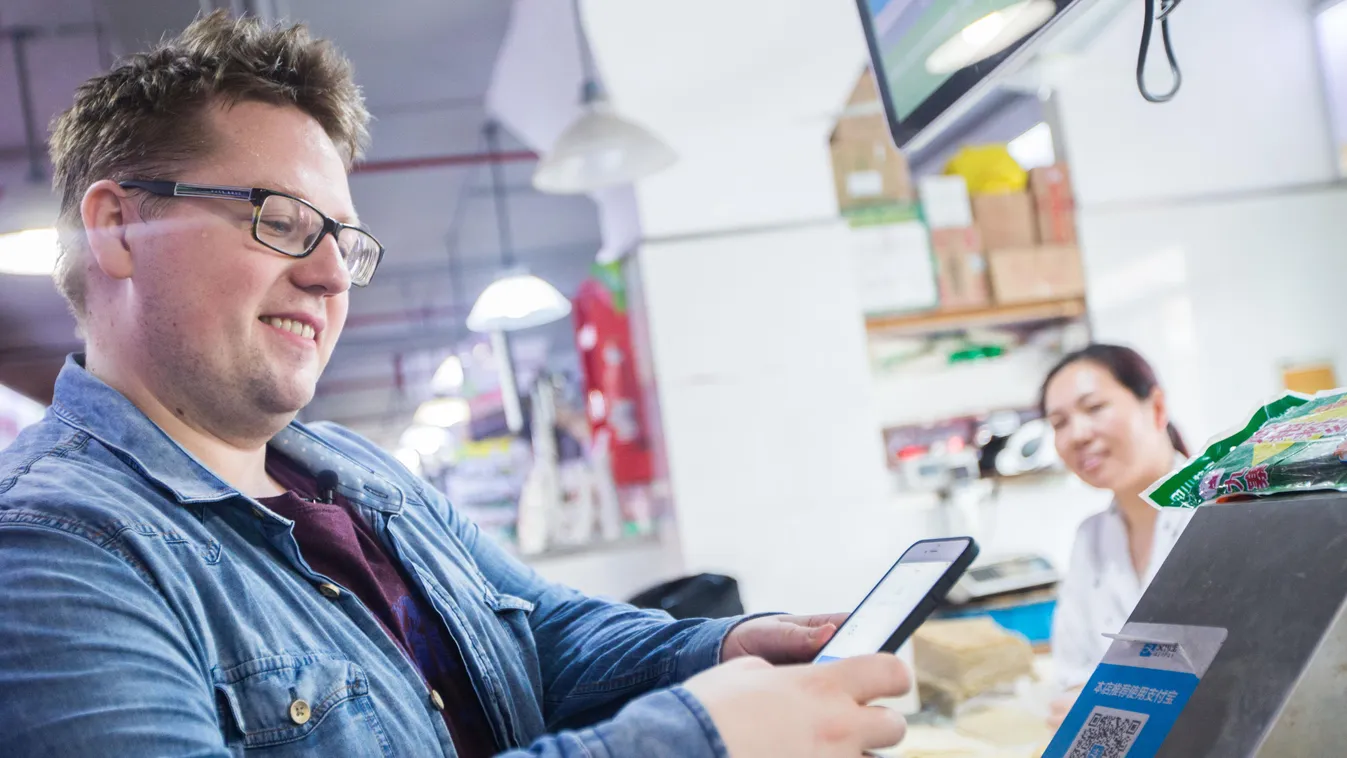Itthon is elérhetővé vált a Google Pay


A K&H elsőként vezette be a Google Pay okostelefonos fizetési megoldást a hazai pénzintézetek között, mely újabb lendületet adhat a bankkártyás, azon belül is a biztonságos, okostelefonos fizetéseknek.

A múlt évben a magyarországi kibocsátású kártyákkal összesen közel 970 milliószor, napi átlagban 2,65 millió alkalommal fizettek belföldön, ami 7 százalékos emelkedésnek felel meg. A K&H érintésmentes mobilfizetést alkalmazó felhasználói pedig hatszor annyian lettek 2020-ban, mint egy évvel korábban voltak.
A K&H Csoport már 5 éve biztosítja a mobiltárcás fizetést, tavaly júniusban bevezette az Apple Pay-t, most pedig a hazai bankok sorában elsőként teszi fel a palettára a Google Pay-t.
Eölyüs Endre, a Mastercard Magyarországért és Szlovéniáért felelős igazgatója elmondta, hogy a Google Pay segítségével az érintettek bárhol fizethetnek, a K&H által kibocsátott bankkártyák digitalizálva kerülnek be az okostelefonokba. A kártyaadatok úgynevezett tokenekre cserélődnek a telefonban, ezek a tokenek biztosítják a fizetési tranzakciót.
A virtuális fizetési technológia garantálja, hogy ezek a tokenek kizárólag az adott okostelefonban működnek, biztonságos a velük történő fizetés.
Ha szeretne még több érdekes techhírt olvasni, akkor kövesse az Origo Techbázis Facebook-oldalát, kattintson ide!











